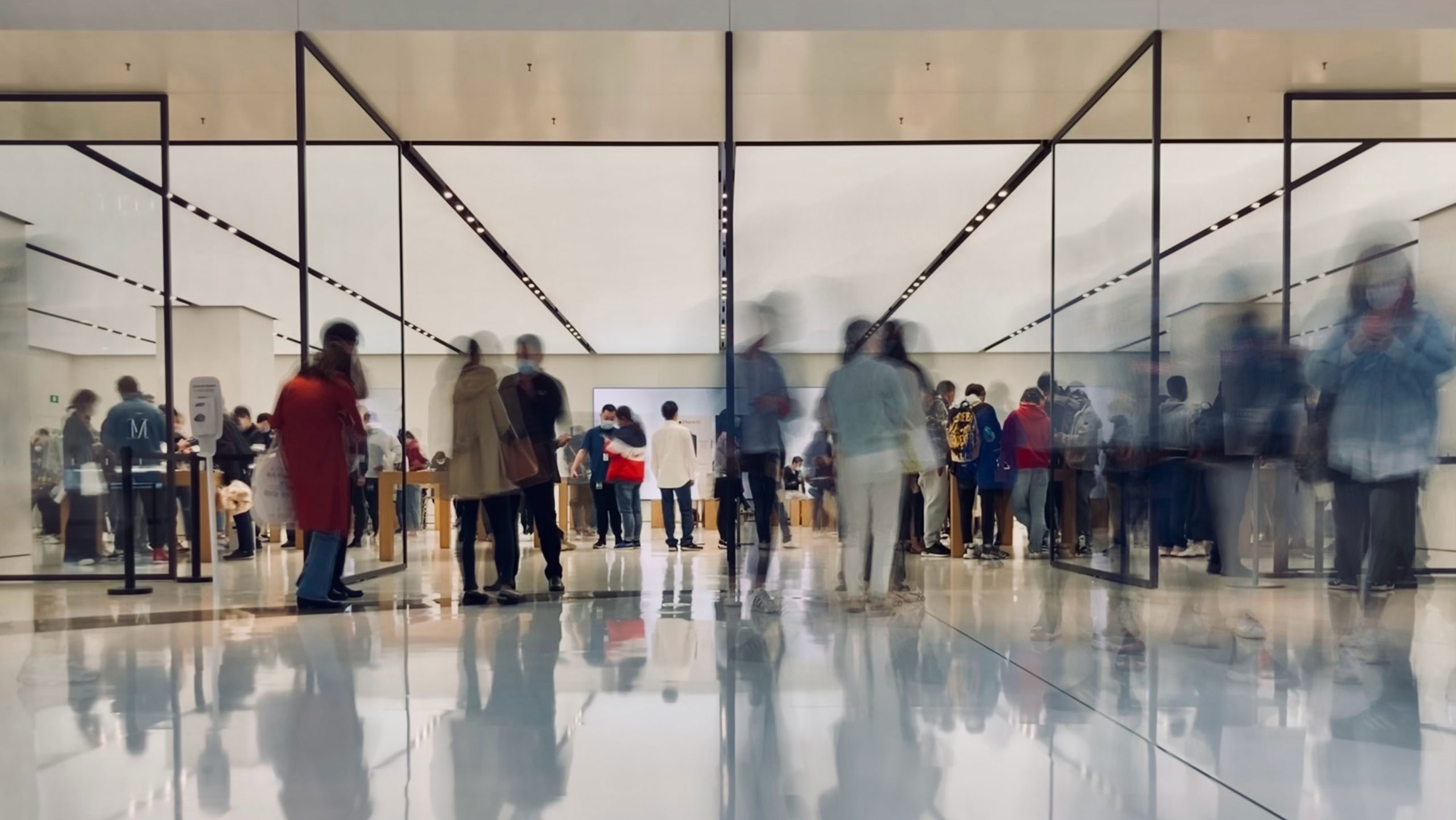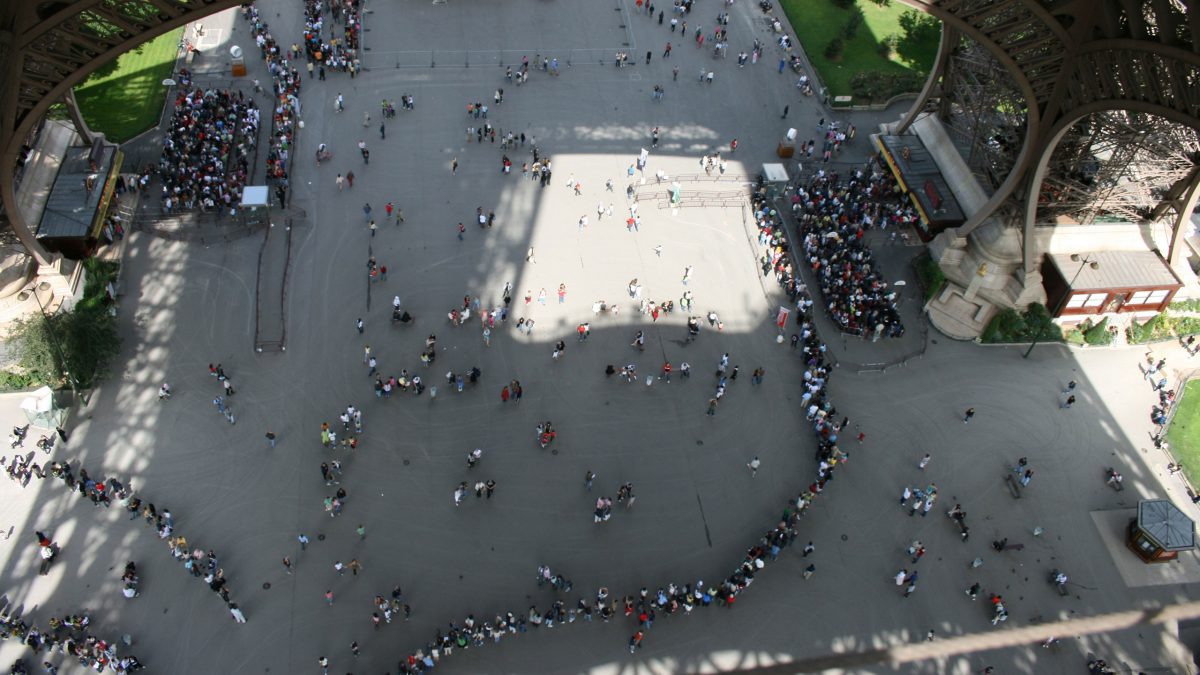
The natural flow of people in public spaces, such as water parks, theme parks, shopping centres, hotels and resorts and other leisure and tourism facilities, is a factor that determines their design and architecture and subsequent construction. Without a thorough understanding of this flow, the efficiency of their operation and the comfort and safety of users, visitors and guests cannot be guaranteed.

However, with the progressive implementation of the BIM (Building Information Modelling) methodology, various computer programmes have appeared whose function is to analyse the flow of people. These programmes act as assistants in the design and architecture of buildings in general and, in the particular case of Amusement Logic, of leisure and tourism facilities such as water parks, theme parks, shopping centres, hotels and resorts and others.
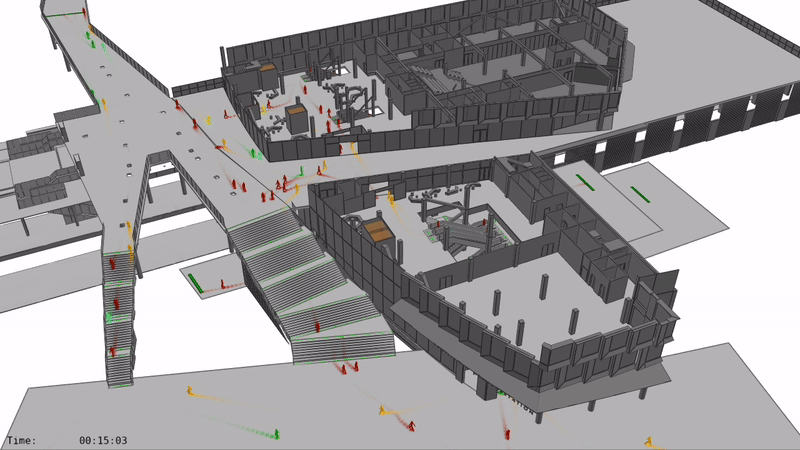
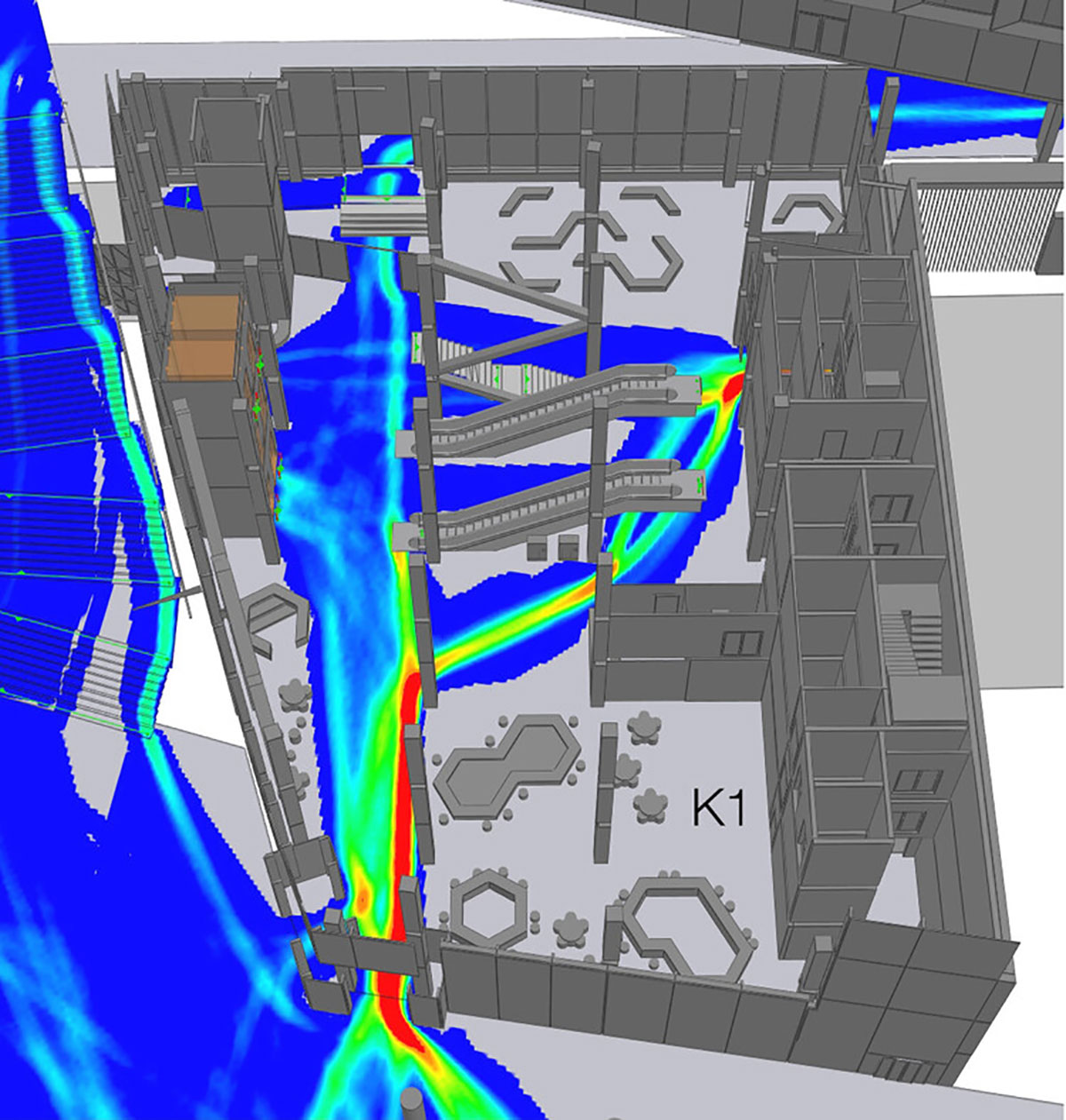
Therefore, based on the BIM model of the project in question, we can programme different assumptions of people flow according to their capacity, visitor profile, trajectories, times of day, etc. It is not only possible to observe the busiest routes, but we can also check where crowds occur or predict the behaviour of more or less numerous groups of people.

In this way, we can adapt the design and architecture of the BIM model, and execute its subsequent construction, according to the real needs and the actual use of the space. In this way, we avoid queues or standstills and maintain a constant flow of visitors and guests, resulting in an improved user experience. After all, this is a critical issue in places with mass audiences, such as water parks, theme parks, shopping centres, hotels and resorts and other leisure and tourism attractions.
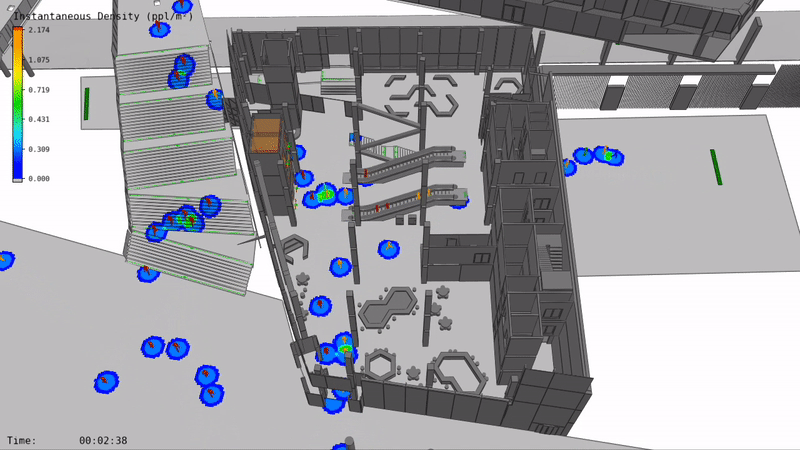
By Manolo Barberá, Senior Hydraulic Modeller at Amusement Logic’s Architecture Dept.


